The Automotive Ignition Part Market is currently characterized by a dynamic competitive landscape, driven by technological advancements and increasing demand for efficient ignition systems. Key players such as Denso Corporation (Japan), Bosch (Germany), and NGK Spark Plug Co., Ltd. (Japan) are at the forefront, each adopting distinct strategies to enhance their market positioning. Denso Corporation (Japan) emphasizes innovation in product development, particularly in the realm of electric vehicles, while Bosch (Germany) focuses on expanding its digital capabilities and integrating smart technologies into its ignition systems. NGK Spark Plug Co., Ltd. (Japan) appears to be concentrating on sustainability initiatives, aligning its operations with global environmental standards, which collectively shapes a competitive environment that is increasingly focused on technological differentiation and sustainability.
In terms of business tactics, companies are localizing manufacturing to reduce costs and enhance supply chain efficiency. This approach is particularly evident in regions with high automotive production, such as North America and Asia. The market structure is moderately fragmented, with several players vying for market share, yet the influence of major companies remains substantial. Their collective strategies not only drive competition but also foster innovation across the sector, as smaller firms often look to these leaders for inspiration and direction.
In August 2025, Denso Corporation (Japan) announced a partnership with a leading electric vehicle manufacturer to develop advanced ignition systems tailored for electric and hybrid vehicles. This strategic move underscores Denso's commitment to innovation and positions it favorably in the rapidly evolving electric vehicle market. By aligning with a prominent player in the EV sector, Denso is likely to enhance its technological capabilities and market reach, thereby reinforcing its competitive edge.
Similarly, in July 2025, Bosch (Germany) unveiled a new line of smart ignition systems that utilize AI to optimize engine performance. This development not only highlights Bosch's focus on integrating cutting-edge technology into its products but also reflects a broader trend within the industry towards digitalization. The introduction of AI-driven solutions may significantly improve vehicle efficiency and emissions, aligning with global sustainability goals and enhancing Bosch's market appeal.
In September 2025, NGK Spark Plug Co., Ltd. (Japan) launched a new initiative aimed at reducing carbon emissions in its manufacturing processes. This initiative is indicative of the company's strategic pivot towards sustainability, which is becoming increasingly critical in the automotive sector. By prioritizing eco-friendly practices, NGK is likely to attract environmentally conscious consumers and strengthen its brand reputation in a market that is progressively valuing sustainability.
As of October 2025, the competitive trends within the Automotive Ignition Part Market are heavily influenced by digitalization, sustainability, and the integration of advanced technologies such as AI. Strategic alliances are becoming more prevalent, as companies recognize the need to collaborate in order to innovate and meet evolving consumer demands. Looking ahead, it is anticipated that competitive differentiation will increasingly shift from price-based strategies to a focus on innovation, technological advancement, and supply chain reliability, as companies strive to establish themselves as leaders in a rapidly changing market.


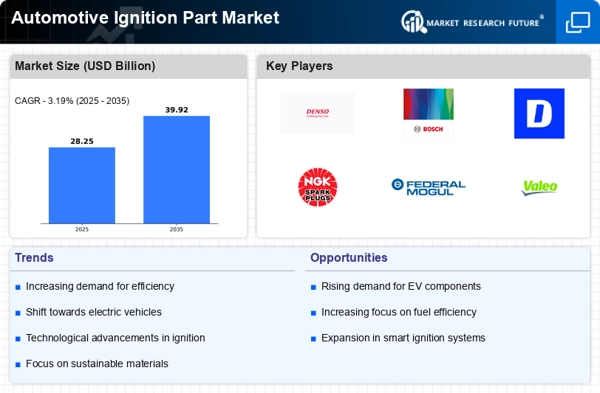
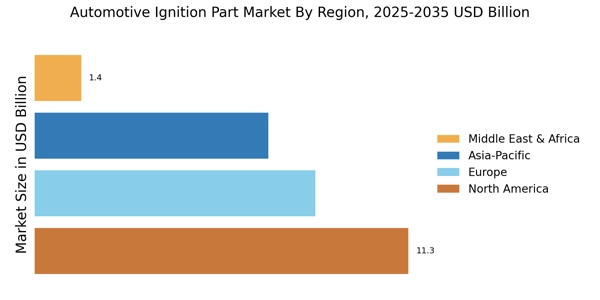


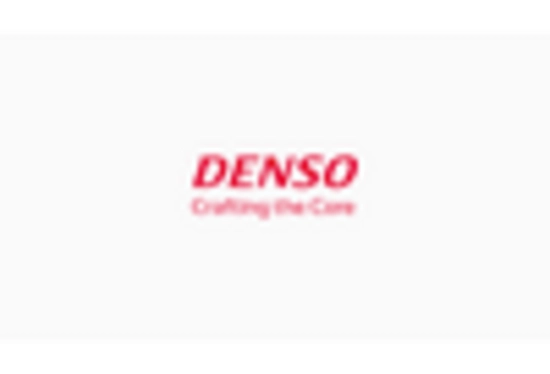
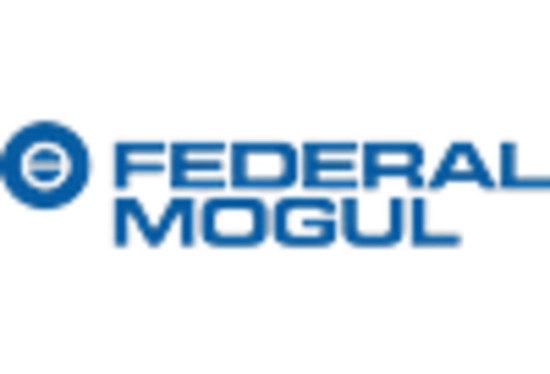
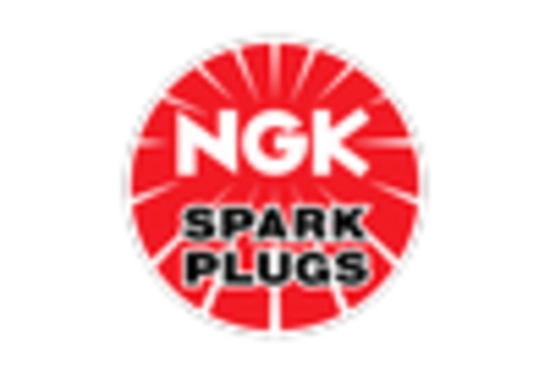









Leave a Comment